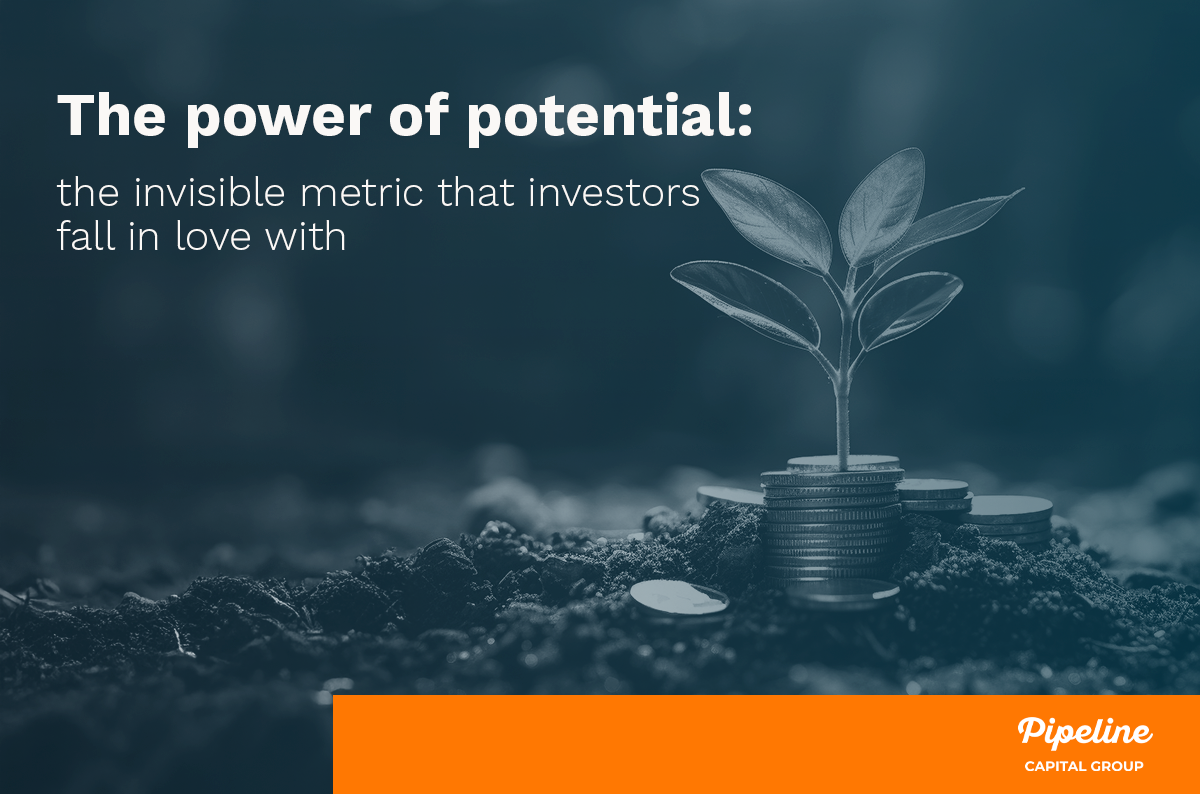In the world of mergers and acquisitions (M&A), especially in the technology sector, there is a truth that often surprises founders: current profits are not necessarily the most decisive factor in a company’s valuation. More and more, investors are prioritizing “potential” over present profitability.
Why does this happen? Because in innovative and constantly changing sectors, what matters most is not so much what a company has already achieved, but what it is capable of building in the future.
This strategic vision makes even more sense in the current context, where technology allows business models to scale at unprecedented speed. For an investor seeking exponential returns, betting on a company with high potential can be much more attractive than investing in a consolidated company with a known or easily estimated growth ceiling.
Potential as a Strategic Asset
“Potential” is neither an illusion nor an empty promise. It is a strategic asset that, when well identified and argued, can justify valuations far above what EBITDA or net income figures indicate. It is important to highlight some of the factors that support it:
- The size of the target market (TAM) and its projected growth.
- The scalability of the business model.
- Technological differentiation or a unique value proposition.
- The quality, potential, and vision of the founding team.
- Efficiency in acquiring and retaining customers.
This approach is not exclusive to venture capital. Even in more mature M&A operations, such as those carried out by private equity funds or strategic buyers, there is a growing appreciation for intangible elements such as innovation capacity, future positioning, agility to pivot, or sustainable competitive advantage.
Real Cases That Prove It
A very recent case that reflects this logic is the acquisition of the legaltech company founded in Barcelona, vLex, by the Canadian company Clio in July 2025, for around 1 billion dollars. Although vLex was not a company with massive revenues, its technological positioning, global legal content, and ability to scale internationally made it a strategic investment. This deal demonstrates how buyers value not only current revenue but also a company’s ability to become a global reference in its category.
Another relevant example is the sustained interest in SaaS startups that have not yet reached high revenue figures but show low churn, high customer retention, and clear signs of product-market fit. These metrics, even if not reflected in immediate profits, are a key indicator of future value that is highly considered.
The Role of an Advisor with an Entrepreneurial Vision
Understanding and knowing how to communicate this potential requires more than financial knowledge. It takes strategic vision, a deep reading of the ecosystem, and above all, real entrepreneurial experience. At Pipeline Capital, we understand that behind every metric there is a story of effort, learning, and vision. Our experience as entrepreneurs allows us to connect with the true value drivers that investors seek.
“It’s not just about presenting numbers, but about telling a credible and solid story about the company’s future,” says Carlos Gómez, Partner in Europe at Pipeline Capital. In several deals we have supported, the key to success has been knowing how to highlight that latent potential that, with the right partner, could unlock exponential growth.
What Do Investors Look for When Analyzing Potential?
Although each investor has their own approach, there are common elements that help identify a company with high potential:
- Market size and dynamism: A rapidly growing market can multiply scaling opportunities.
- Proprietary or differentiated technology: Owning a key technology or having developed a solution that is hard to replicate.
- Scalable business model: Decreasing marginal costs, operational leverage, and the ability to replicate the model in other markets.
- Initial traction: Even if revenues are not yet high, there must be clear signs of customer adoption and satisfaction.
- Team with vision and execution: Investing in people remains one of the most solid bets.
- Inorganic growth opportunities: Possibility of integrating with other companies or capturing market share through acquisitions.
What investors seek is a combination of vision, data, and business intuition that tells them they are facing a company capable of becoming a leader in its category.
Investing Today in Tomorrow
The world of M&A is not driven only by what a company is today, but by what it can become. Potential, when well-founded, is a legitimate source of value. Recognizing it, nurturing it, and knowing how to communicate it can make the difference between an average deal and a transformative transaction.
Today, with technology accelerating cycles of change and reinvention, great opportunities are not always hidden in balance sheets. They are also found in ambition, vision, and the ability to build something different. Betting on potential is believing in what has not yet happened but has every condition to happen. And that is, in essence, the most visionary decision any investor can make.

